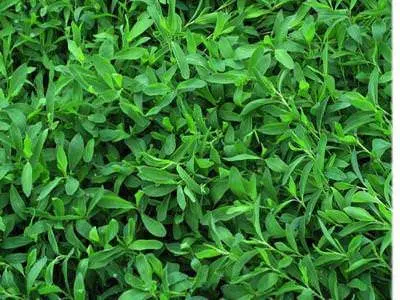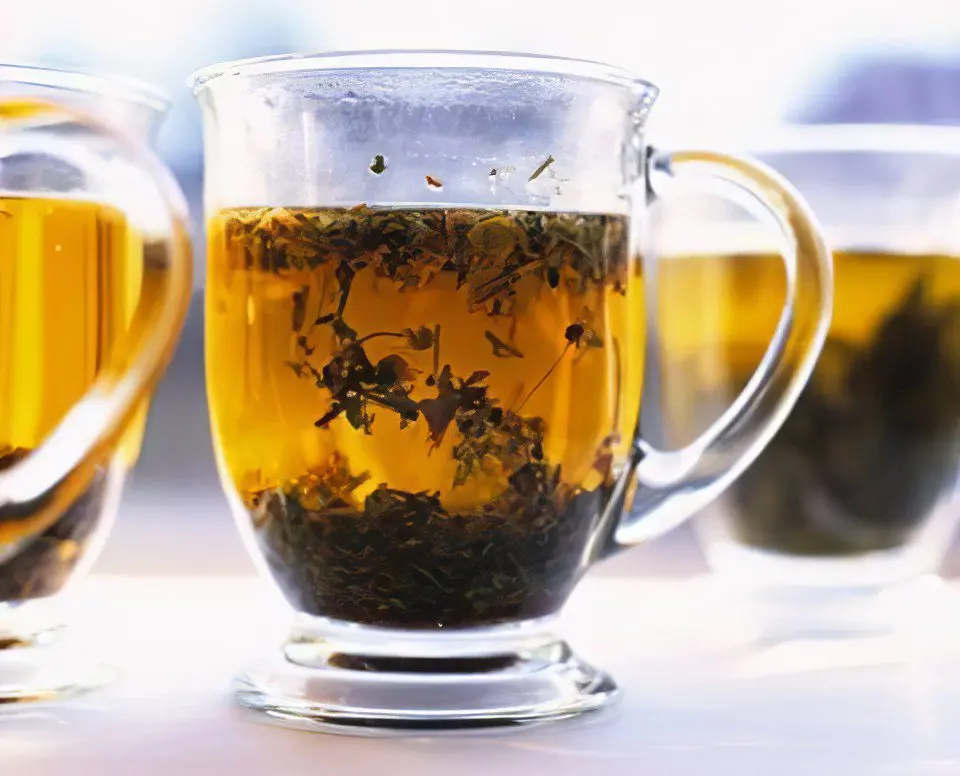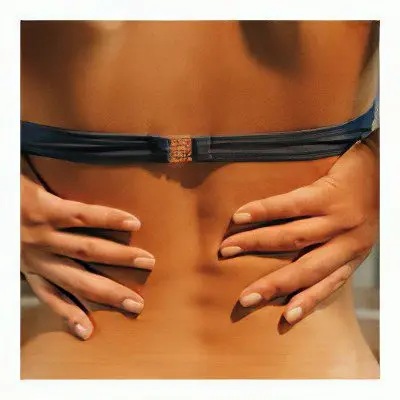Contents
- Properties and uses of knotweed
- Botanical characteristics of knotweed
- Useful properties of knotweed
- The use of knotweed
- Knotweed (highlander) bird
- knotweed seeds
- How to drink knotweed
- Knotweed during pregnancy
- Knotweed decoctions
- Knotweed infusions
- Knotweed for kidneys
- Knotweed for men
- knotweed tea
- Knotweed for children
- Contraindications to the use of knotweed
Properties and uses of knotweed
Botanical characteristics of knotweed

There are several types of this herb, differing in botanical characteristics. You can find a creeping plant that adheres tightly to the soil. The stems of this type of grass are thin. In knotweed rising up, the stem is more powerful, reaching a height of 40 cm. The stems of this herb have many branches, the leaves are elliptical or oblong in shape, alternate. The flowers are funnel-shaped, white, greenish and pink with a reddish tinge. They appear in May, flowering continues until June. As flowering ends, fruits grow in place of each flower, and their ripening is observed until late autumn.
Knotweed is an unpretentious plant, it grows excellently on gravelly and fertile soils, propagating by seeds. Its distribution area covers the entire territory of the CIS. This grass grows abundantly in the southwestern part of Siberia, preferring wooded areas and steppe expanses. Knotweed can be found along roadsides, in areas near houses, its favorite places are in wastelands and pastures.
Harvesting of knotweed as a raw material for use in traditional medicine can be carried out in one place each collection season, since the grass grows even stronger after mowing. You should not collect knotweed from dwellings and pastures for livestock. The stems are cut with a sickle, drying is carried out in the air under a canopy or in well-ventilated attics.
Useful properties of knotweed
Knotweed grass is distinguished by a high content of ascorbic acid, it contains vitamins E, K and carotene. Of the flavonoids in the plant, avicularin, hyperin, isorhamnetin, myricitin, quercetin and kaempferol were found. The presence of tannins and essential oils in knotweed was noted. The plant also contains coumarins: scopoletin and umbelliferon. Among phenolcarboxylic acids, there are gallic, coffee, coumaric, chlorogenic, and ash.
The plant is rich in resins and silicic acid compounds. The flowers contain flavonoids. The roots contain anthraquinones. The active substances of the plant: silicic acid, mucus, tannins, flavonoids, saponin – most of all affect the body in the treatment of various diseases.
The use of knotweed

The herb is highly nutritious. Knotweed – just like alfalfa, clover, rank – loves livestock and poultry. Knotweed herb is low toxic. Due to its ability to regulate metabolic processes, knotweed is a component of blood-purifying teas, contributing to good filtration of the kidneys, increased diuresis, and removal of excess salts.
The plant is used for inflammatory manifestations in the kidneys. Knotweed grass is a prophylactic, prevents the formation of sand in the kidneys and urinary stones, dissolves silicic acid compounds that are excreted in the urine. Useful substances of the plant affect the functioning of the stomach and intestines. Thanks to tannins, knotweed grass has antimicrobial properties, has an anti-inflammatory effect, and therefore decoctions are effective in treating wounds and pustular rashes on the skin. The astringent properties of the plant strengthen the walls of blood vessels, increase blood clotting.
If necessary, the use of knotweed helps to increase the contractility of the smooth muscles of the organs, which is recommended in the postpartum period and after abortion to reduce the uterus. The plant has a hypotensive effect, normalizes breathing. As a general tonic and diuretic, knotweed is used for tuberculosis and malaria, and is also used for colds, as it has antipyretic properties. Knotweed is recommended for tumors and gallstone disease. The aerial part of the plant is used as a tonic for fatigue and weakness after illness. In arthritis, septicopyemia, knotweed has an anti-inflammatory effect. A decoction of knotweed, cooked in milk, acts as a sedative for convulsions.
Infusion and decoction are very useful in diseases of the kidneys, liver, stomach, bladder. The hemostatic effect of the plant helps with hemorrhoids, scurvy and gout. Knotweed is often included in various medicinal collections used for chronic gastritis, uterine bleeding, cystitis, whooping cough, pulmonary tuberculosis.
Knotweed infusion: 3 tablespoons of dry or fresh raw materials are poured into 200 ml of hot boiled water, heated in a water bath for 15 minutes, cooled for 45 minutes, filtered and the volume is adjusted with boiled water to 200 ml. Take 1/3-1/2 cup 2-3 times a day before meals.
Knotweed decoction: The crushed raw herbs are poured with water at room temperature in a ratio of 1:10, put in a boiling water bath for 30 minutes, cooled for 15 minutes, filtered and drunk 1 tablespoon 3 times a day. Three cups of decoction a day is indicated for hoarseness, rheumatism and gout, pain in hemorrhoids.
Fresh juice is valuable; it is squeezed out from adult plants cut during flowering. Take 0,5-1 cup 2-3 times a day 30 minutes before meals, adding a teaspoon of honey. This remedy is useful for hypertension, convulsive syndromes, diseases of the lungs, genitourinary system. The juice of fresh knotweed grass heals wounds, ulcers, it resolves bruises. To do this, rinse the wound with juice and put a napkin soaked in it in place of the damaged tissues.
Knotweed (highlander) bird
This simple grass carpets yards, river banks, meadows. In spring, the mountaineer is a pale emerald color, in summer it is dark green, in autumn it acquires an ocher color. This species blooms from May to September. The herb is used as an astringent, hemostatic agent, helps to improve the condition after serious illnesses, regulates water-salt metabolism and metabolism. With inflammation of the throat, beriberi, inflammation of the lungs, severe bronchitis and pleurisy, the plant helps to recover faster. Knotweed has a diuretic, hypotensive effect, is able to act as a general tonic, and is a source of vitamins.
knotweed seeds
Knotweed seeds are formed by the end of summer. Small dry black fruitlets have three faces; sparrows, domestic and game birds love to eat them, they carry seeds, which contributes to the reproduction of this weed and useful plant. In folk medicine, seeds are not used: they are not digested in the digestive tract and therefore do not bring any benefit.
How to drink knotweed
There are many folk recipes for the preparation of decoctions and infusions of knotweed, their correct use contributes to a quick recovery. It is important to follow the recommendations when taking herbs, preparing decoctions, you must adhere to the ratio of ingredients indicated in the recipes.
Knotweed during pregnancy
The causes of infertility can be organ pathologies, stressful situations. In order for the long-awaited pregnancy to come, it is worth helping yourself by including folk remedies in the complex treatment. Knotweed promotes conception, for this people have used recipes for decoctions since ancient times. Herbal treatments can be effective, and the natural properties of nutrients can work wonders. Such agents are sometimes preferable to chemical-based drugs.
The recipe opens from above: 20 g of grass should be poured with a glass of water, heated for 15-20 minutes in a water bath, let it brew for 45 minutes and squeeze. It is recommended to drink 2 tablespoons of decoction 3-4 times a day before meals.
Knotweed decoctions
Many recipes for knotweed decoctions have come down to us from ancient times, many are compiled as a result of observations of the action of useful substances by modern healers.
Recipe № 1: you will need 1 tablespoon of knotweed and a glass of boiling water, they should be boiled in a water bath for 30 minutes, insist ten minutes and drink 100 ml after taking a decoction of the rosehip root, the remedy helps with cholelithiasis.
Recipe № 2: it is necessary to mix one part of knotweed, horsetail, 5 parts of goose cinquefoil, three parts of centaury, then take 1 tablespoon of the mixture to brew, leave for 1 hour, strain and drink in small sips during the day for pain on critical days.
Knotweed infusions
Recipes for making infusions have been known for a long time. Here is some of them.
Recipe № 1: you need to take 3-4 tablespoons of knotweed, pour 0,5 liters of boiling water, leave for 4 hours in a warm place or use a thermos for this. It is recommended to drink 0,5 cup of the product 4 times a day 20-30 minutes before meals. This medicine is effective in women’s diseases. With thinness and obesity, normalization of metabolism is observed. The infusion gives strength to the elderly, well helps with nervous exhaustion and weakening of the muscles.
Recipe № 2: 4 tablespoons of grass should be poured with 1 cup of boiling water, insisted in a thermos for 1-2 hours, strain and drink 1/4 cup in three doses during the day. This is an excellent remedy for whooping cough, dry catarrhal cough, stones in the gallbladder and bladder.
Knotweed for kidneys

If kidney stones are tormented and the disease haunts, you can use folk remedies and take decoctions and infusions of knotweed. Modern healers, like thousands of years ago, know the secrets of longevity: to be healthy, you need to cleanse the kidneys of accumulated toxins, stones and sand. Knotweed will help with this, with its help the kidneys are cleansed gently and painlessly, well-being improves, the method is very effective.
Knotweed decoction: he prepares in the morning. 1 tablespoon of knotweed should be poured with a glass of boiling water, steamed for 30 minutes in a water bath, cooled, strained and taken (only in the morning) in combination with cocklebur herb according to the following scheme: drink a glass of knotweed decoction, after ten minutes take half a glass of cocklebur decoction.
Knotweed for men
Knotweed is great for treating men’s problems. It normalizes sexual function in men. This natural remedy is excellent for most disorders in the male genital area. The medicinal herb is used as an anti-inflammatory agent. Due to its antiseptic and antimicrobial properties, knotweed destroys microbes, promotes the healing of various wounds, restores the integrity of tissues and normalizes metabolic processes.
When used correctly, knotweed gradually dissolves stones and removes sand from the bladder, helps restore diseased organs, improves the emotional background, tones and strengthens the body. Having a beneficial effect on all systems of the male body, knotweed is the number one plant for the prevention of most diseases. These include impotence and cancer.
knotweed tea
Knotweed is a part of teas used for lung diseases, severe cough. Such a healing drink can be prepared at home.
Tea recipe: 2 tablespoons with the top of the herb should be poured over 1/4 liter of cold water and brought to a boil, then strain, take 2-3 cups.
Knotweed for children
Knotweed is incredibly useful for convulsions in children, whooping cough and coughs.
Decoction of knotweed in milk: two tablespoons of herbs are boiled in 0,5 liters of milk for 5 minutes. Drink 0,5 cup 4 times a day.
A course treatment with knotweed is recommended for acne in adolescents. In spring and autumn, knotweed tea should be taken daily for several weeks to cleanse the skin.
Contraindications to the use of knotweed
Knotweed is contraindicated during pregnancy, as it has properties that affect the tone of the uterus. You can not use grass in acute diseases of the kidneys and genitourinary system. During the period of taking knotweed, it is contraindicated to use garlic and onions.
Knotweed is also not recommended for excess sputum (bronchitis). People suffering from low blood pressure should remember that the herb helps to lower blood pressure. Caution will not interfere with varicose veins and blood clots.
[Video] Yuri Andreevich Frolov – Sporysh dissolves stones in the kidneys and liver. It treats joints, blood vessels, cystitis, lungs, tuberculosis:









